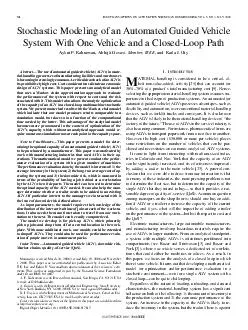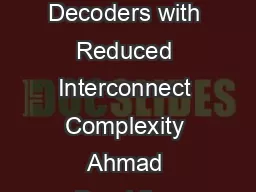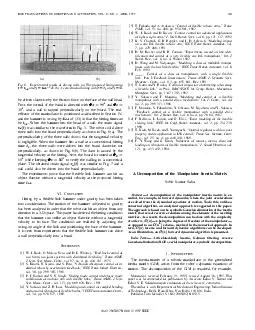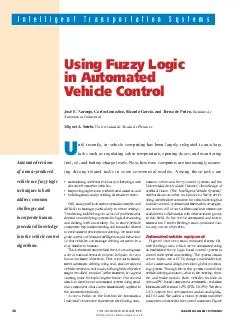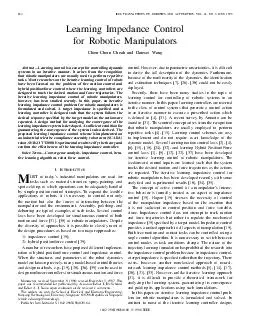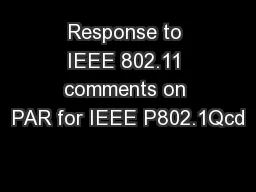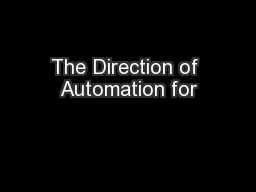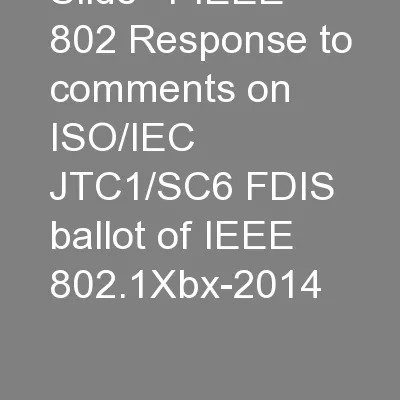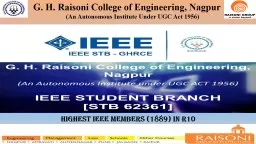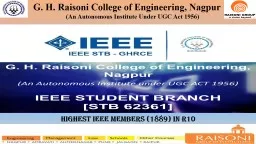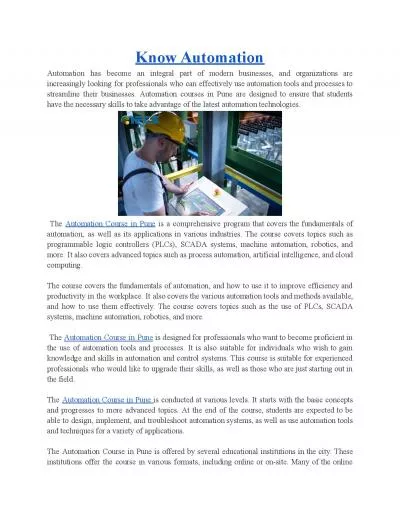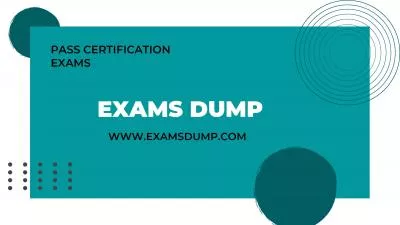PDF-IEEE TRANSACTIONS ON AUTOMATION SCIENCE AND ENGINEERING VOL
Author : faustina-dinatale | Published Date : 2014-12-12
5 NO 3 JULY 2008 Stochastic Modeling of an Automated Guided Vehicle System With One Vehicle and a ClosedLoop Path Aykut F Kahraman Abhijit Gosavi Member IEEE and
Presentation Embed Code
Download Presentation
Download Presentation The PPT/PDF document "IEEE TRANSACTIONS ON AUTOMATION SCIENCE ..." is the property of its rightful owner. Permission is granted to download and print the materials on this website for personal, non-commercial use only, and to display it on your personal computer provided you do not modify the materials and that you retain all copyright notices contained in the materials. By downloading content from our website, you accept the terms of this agreement.
IEEE TRANSACTIONS ON AUTOMATION SCIENCE AND ENGINEERING VOL: Transcript
Download Rules Of Document
"IEEE TRANSACTIONS ON AUTOMATION SCIENCE AND ENGINEERING VOL"The content belongs to its owner. You may download and print it for personal use, without modification, and keep all copyright notices. By downloading, you agree to these terms.
Related Documents

